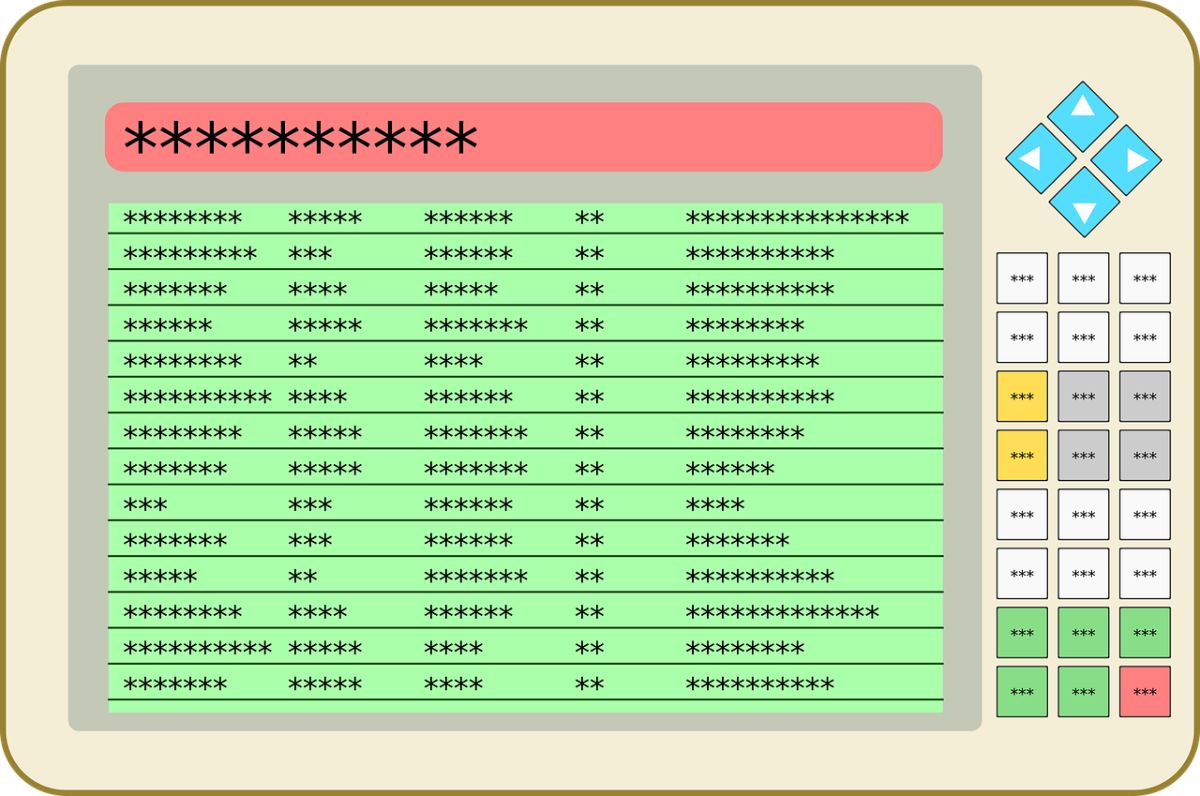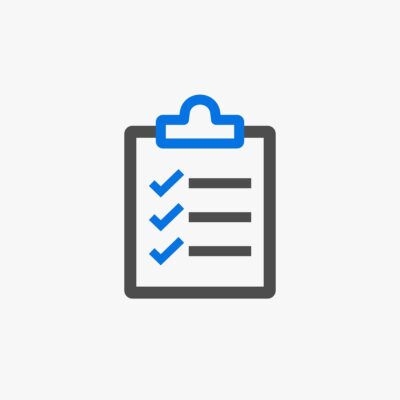
If you have a company, whether large or a family one, in which you sell products and/or services, you surely know what inventory is. In fact, it is something that everyone should have, even in homes, but from which nobody has yet extracted everything that can be done with it.
For this reason, on this occasion, we are not only going to tell you what an inventory is, but we will also tell you about the types that exist, the functions that they can carry out and some other important data. Go for it?
What is an inventory

According to the RAE, an inventory is:
"Settlement of goods and other things belonging to a person or community, done with order and precision."
It is actually a document, either physical or virtual, in which the company must record each and every one of the company's tangible assets. In other words, are all the material goods that a company has and that it must control, both to avoid losing money with its disappearance, and to avoid buying more if you don't need it.
Let's take an example. Imagine you have a shoe store. In it you will have many brands of shoes and each brand, several models. Of each of them, different numbers.
If a client enters your store and asks you for the number 39 of a model of a specific brand, would you know if you have it in your store? The safest thing is that you will consult the stock on the computer. As well, that is an inventory.
Now imagine that you have that shoe store where several employees work. One of them has torn his company shirt, and he asks for a new one in a certain size. You will go to the store to see if there are any left and if so, you should write down that you have taken one of those shirts in case you have to replace it in the size you just took.
Really, inventory is not only about what the company has, but also what it sells to customers. That is, you can make a list of everything the company has and another where you review the stock of merchandise to sell.
Since when does the inventory exist?
Have you ever wondered when inventory started to be used? Well you should know that there are records that in Ancient Egypt they were already used. In this case, they used it for food in such a way that they had a list of foods so that, in times of scarcity, they knew what they could count on and distributed it in a better way.
According to research, they were also used for crops in pre-Hispanic civilizations.
Types of inventories

Talking to you about the types of inventories can be a long and tedious topic. And there are many types of them. Depending on the form, use, phase, etc. you will have one type or another. The best known and used on many occasions by companies are the following:
Physicists
They are those that are printed and have tangible. These are less and less used due to the fact that the inventory can change very quickly (even several times a day) and this would make the physical document obsolete in a matter of hours.
Another way of looking at them is to record all the physical assets of the company, or of the business with respect to the products to be sold.
intangibles
If before it was a tangible document, in this case we speak more of a virtual document, on a computer or tablet, in which the daily record of this inventory is carried out.
Another option is for it to be a list of the company's intangible assets, which are recorded on this list.
Examples of this type can be copyright, software licenses, etc.
According to products

Based on the type of products, or the phases the products go through, we could say that there are several inventories, such as:
- for raw materials. That is, to make a list of those materials that are needed to manufacture the products that are sold by the company.
- For products in the manufacturing process. In other words, pieces that have been assembled but that, by themselves, are not products that can be sold but still have to be produced and combined with other pieces to be considered finished.
- of finished products. Ready for sale, are those products that can already be sold directly, either because they have finished manufacturing, or because they have been bought finished.
- for factory supplies. We could say that they are similar to those of raw materials, but in this case they are not quantifiable, because they can be used in many things (for example, paint, or scissors).
According to its function
Another way of classifying inventories has to do with the function of the items. Thus, you can find:
- Security inventories. Also known as reserve. They are those where the items that will be needed in case of an increase in demand or shortage are stored and listed.
- decoupling. It is a list of materials and/or products that complement each other (the product would not be finished without them) but at the same time are not synchronized with each other (for example, it is a part of a product but in a first phase it is not can be put).
- Traffic. They are pieces that have been ordered but have not yet arrived. They are counted on because they have been paid for, but you still do not have them in your possession.
- Seasonal. These refer to products that become “in” at a certain time of the year and then go through a type of low demand. They are normally saved from one year to the next with the aim of not losing money (as long as they can be kept, of course).
according to logistics
Finally, we would have the inventories according to logistics. It is perhaps one of the best known, but not many companies use it to classify their goods. In this case you can find:
- in ducts. That is, highly changing inventories that affect different levels or departments.
- for speculation. They are products that are stored “in case”. The objective is to have them available in case there is a demand for them and thus be able to meet that need.
- cycle inventory. Here we could put those products that are known to be needed at certain times of the year. For example, sunscreen, swimsuits, sandals...
- Of security. It is similar to speculation, but the objective is to always have a minimum of items to be able to supply quickly in case of need.
- Products already obsolete, broken, lost... We could say that they are "losses" for the company since these products are never sold and represent an investment that is not recovered by the company.
As you can see, apart from knowing what an inventory is, you must also control the types that exist. But, in general, what you should keep is that this can help you make an updated list of what you have, either in the company or at home, and thus anticipate your purchases based on what is spent the most. (or go ahead with what you have the most stock of). Have you ever done an inventory?